
Connected marketing is a relatively new catchphrase that reflects marketers’ attempts to keep pace with a rapidly shifting technological and relational landscape.
Connected marketing offers a way to integrate disparate marketing tactics into one unified experience for the user.
Ideally, a connected marketing strategy offers a continuous connected relationship with the customer and replaces isolated, one-off transactions.
In an interview with Wharton’s School of Business, one expert framed connected marketing with a question: “how do we create these connected customer experiences at a very low cost or with high efficiency?”
A comprehensive connected marketing strategy addresses both parts of this question: customer experience and agency efficiency.
Connected Marketing Examples
It also should streamline the efforts of your marketing team. A good, connected marketing campaign will release coordinated, trackable, high-quality content at multiple touchpoints. These can include, but are not limited to:
- Offline advertising
- Paid Search
- SEO
- Social Media
- Mobile Strategy
- Email Marketing
- Market Testing
While this certainly includes optimizing the experience between desktop and mobile, connected marketing also focuses on improving your customers’ emotional experience with your brand. Ultimately, successful connected marketing connects different areas of the end user’s life as well.
Think of it this way: you have a disconnected relationship from a vending machine where you purchase a drink on a road trip. But your niece has a connected marketing experience with her favorite animated movie. She owns the Blu-ray, watches the spin-off series on Netflix, has the toys, and visits theme parks to see the characters.
Harish Rawat, one of Business World India’s Top 50 Marketers, puts it this way:
"To create meaningful, personalised encounters and experiences, we will have to understand and trigger the right action, at right point, to a right user and this is where standard algorithms will be challenged."
Why Do We Need Connected Marketing?
Adults are increasingly interacting with their world digitally. According to Pew Research, 3 out of 10 U.S. adults say they are online “almost constantly,” a jump from 2 in 10 only five years ago.
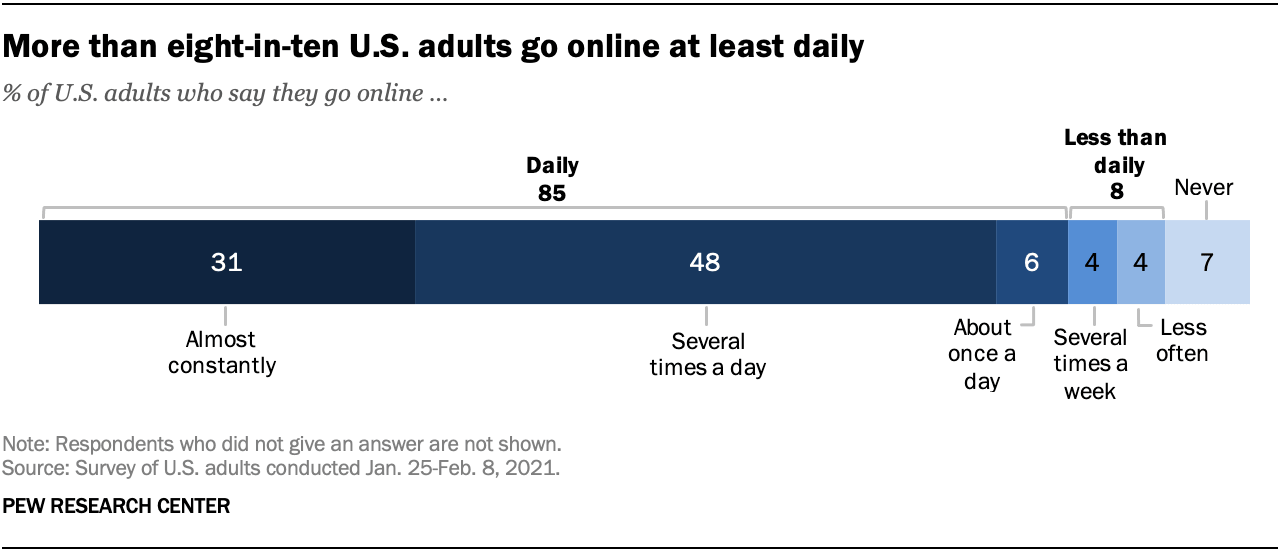
This figure is likely to increase in the coming years. Additionally, the interfaces we use to go online are becoming more diverse. Unheard of a decade ago, today’s common internet-integrated devices (often called the Internet of Things or IoT) now include:
- Watches
- Refrigerators
- Cars
- Locks
- Door Cameras
- Lights
- Thermostats
- Doorbells
- Security systems
- Air purifiers
- And countless other devices
As we can see, even when someone isn’t actively browsing the web, they are still managing significant portions of their life online but using a variety of platforms and devices to do so.
Customers increasingly expect a unified experience across their IRL (In Real Life) and digital environments. Brands need to reflect this in their marketing techniques, rather than expecting only email marketing or only social media strategy to do all the work.
What is a ‘Connected Marketer’?
Connected marketers offer a holistic strategy to achieve their clients’ marketing goals. Rather than specializing only in a single channel, like paid search or social media, connected marketers integrate multiple approaches in their overall strategy.
Connected marketers can still be niche by focusing on certain industries or demographics, but will offer a holistic marketing strategy that integrates multiple methods.
One connected marketing strategy highlights three realms of digital strategy – paid search, intelligent SEO, and boosting conversions – that work together to generate growth. Tactics vary across industries and individual campaigns but will usually focus on optimizing a few different channels that are already closely connected, like offline advertising and walk-in experience or paid search and SEO.
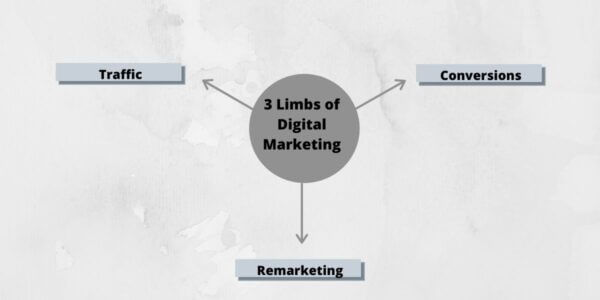
A connected marketer is, above all, an expert at tracking and strategy. As with all marketing, good evaluating metrics is the only way to tell if all your efforts are producing the desired results.
How Does Connected Marketing Work?
Connected marketing posits that an increase in quality on one marketing outlet will produce a similar boost in other channels.
For example, mobile search and social media are closely related to one another. Do potential leads get what they are looking for when a search result leads them to your social channels? Analyzing your efforts across platforms drives your connected marketing strategy by pointing to potential areas for growth and current workhorses in your existing marketing plan.
Before you pursue a new connected marketing strategy, make sure you have your core performance metrics squared away so you can track results. Tracking your ROI, brand mentions, etc. will allow you to see if your efforts at connected marketing are effective.
Why Connected Marketing Is Better
Connected marketing assists your digital marketing agency in the coordination of your efforts. If you have one person handling social media strategy and another designing your TV ads, both content and metrics need to be aligned closely if you want to nurture leads. Your teams also need to communicate goals and strategies clearly with one another to make sure those are aligned.
Unfortunately, in a traditional marketing agency with siloed departments, connectivity is not the norm. A recent study showed that the average small business used 40 apps on average to track marketing data. While that’s encouraging in terms of record-keeping, if all that data stays in its individual siloes, your teams will likely be working inefficiently at best and at cross-purposes at worst.
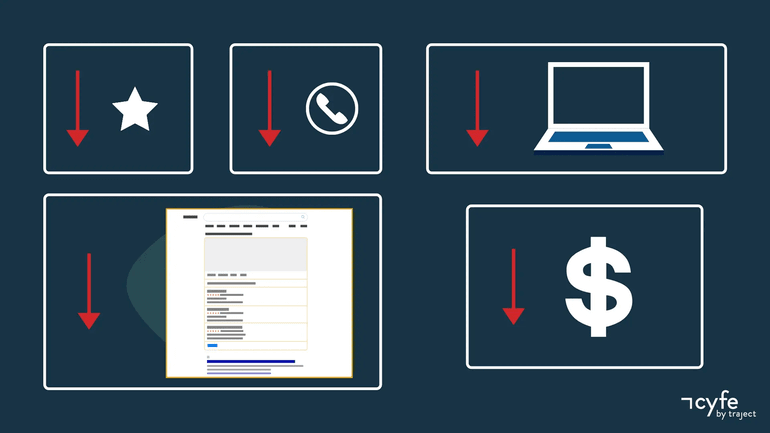
For example, if your SERP rankings are dropping but the social media team is seeing good results, how will you integrate that data to help the brand’s presence on both channels? A connected marketing strategy helps you develop an answer to that question.
Furthermore, connected marketing reflects how Google actually works. Your customers’ experience with your brand on all channels is ultimately reflected in your google rankings. A great social media presence, for example, will help your brand index better with Google, since Google is routinely crawling those sites.
Connected Marketing Case Studies
Big-name brands are increasingly pursing multi-channel marketing efforts: 91% of brands use two or more social media channels to reach customers.
One brand famous for its successful connected marketing strategy, Sephora integrates retail and online marketing by offering a mobile app that provides exactly what customers are looking for while they are shopping for makeup in the store: reviews and personalized recommendations. In turn, the same tools are available when shopping online, making the two experiences similar. That’s connected marketing.
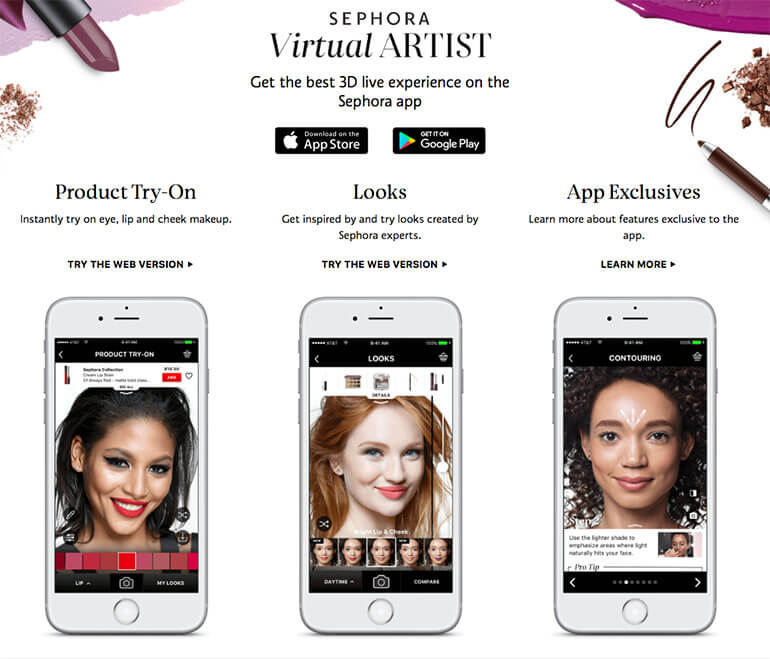
Another prominent case study is Disney World’s Magic Bands. The authors of the book Connected Strategy point to the integrated experience offered by a smart wristband that allows you to purchase meals, reserve line space on rides, and gain access to premium areas of the park.
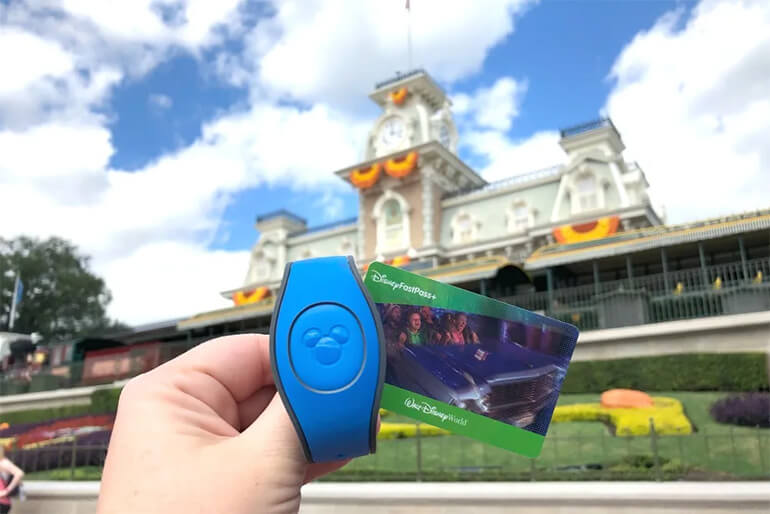
This connected marketing strategy streamlines the experience both for the customer and Disney’s staff by centralizing purchases through one system. There’s no need to coordinate food vendors and ticket purchases after the fact. Because the bands also track movement, analytics can determine busy areas and times of day and staff those segments of the park more. It also encourages customers to buy more because it’s so easy to purchase.
4 Tips for a Successful Connected Marketing Strategy
#1 – Integrate new marketing channels
Looking forward, businesses are poised to take advantage of new marketing channels, including video marketing, podcasts, and personalization. In a 2020 study of B2B marketers, 41% of respondents said they planned to pursue video marketing as part of their digital strategy.
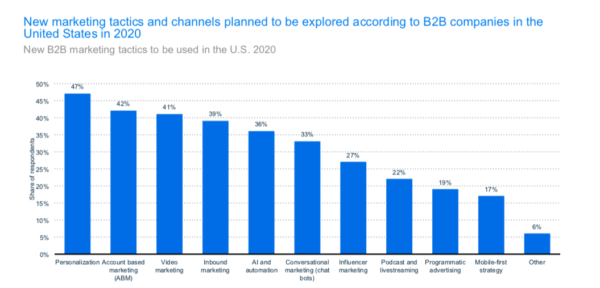
#2 – Boost your Analytics
Tracking metrics is a continuous job as marketing channels and algorithms are ever-evolving. A few easy ways to improve marketing analytics are to:
- Track page views
- Bounce rate
- Check email subscriptions
- Track comments
#3 – Nurture Emotional Connections
Emotional response to an ad makes a bigger difference than the actual content of an ad on a consumer’s choice to purchase – by a margin of 3:1 for TV advertising.
The most successful brands, from Coca-Cola to Dove, focus on making an instant, emotional connection with their customers. Connected marketing can nurture this by integrating storytelling into multiple channels.
One successful way to do this is to encourage customer-submitted media. When new leads see images or videos of real people, not models, using and enjoying the brand’s products, they are more likely to envision themselves doing the same.
#4 – Focus on Customer Experience
As marketers, we tend to focus on optimization from a technical point of view. Do our number on organic search line up with our email campaigns? What’s our ROI on each campaign? While these are essential tracking metrics, it’s important to remember that the customer experience is the ultimate goal of our efforts.
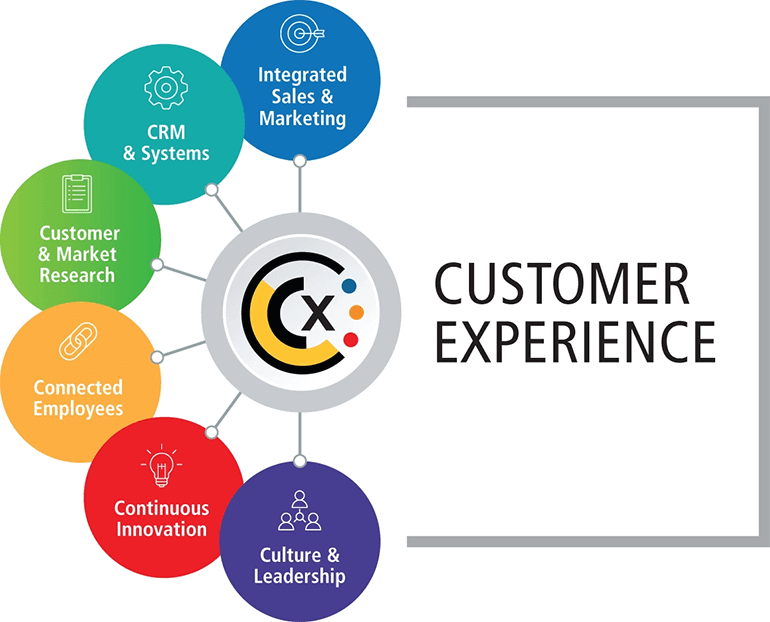
Connected marketing should offer customers a unified experience everywhere they interact with the brand. This doesn’t just mean everything should match in terms of color and font, though that’s certainly a good foundation. The content should be high-quality and consistent throughout.
Brands should be offering high-quality consumer experiences on everything from commercials to social media interactions. Yes, this takes a lot of time and expense for your marketing team. Luckily, connected marketing focuses on keeping touch points consistent across channels, so connected marketers do not need to recreate the wheel for each new experience, just focus on keeping the quality and message consistent.
How do you execute Connected Marketing?
As more brands embrace the opportunities of Connected Marketing, how do you guide your clients and stakeholders through this transition? We'd love to hear your thoughts, tweet to us @seoptimer.










